Optical encoders such as glass scales are often used for linear position measurements that require micron-level resolution. But applications in industries such as semiconductor and aerospace — especially those that involve optics — require measuring capabilities in the nanometer and even picometer ranges, beyond the resolution of most scale-based optical encoders. For these applications, direct, non-contact measuring technologies, such as interferometric laser encoders, can provide resolutions down to the picometer range.

Image credit: Renishaw
Interferometric laser encoders — also referred to as laser interferometer encoders or laser displacement sensors — interpret the interference of two laser beams to determine the position or motion of a target object. The operating principle relies on a laser source whose beam is split into two beams that are identical but directed along different paths.
One beam is sent to a reference mirror while the other is sent to a mirror on the object being measured (the measurand). The two beams are then reflected back by their respective mirrors and combine before reaching a detector. However, the differing travel distances of the two beams puts them out of phase, so when they’re recombined, they create an interference pattern.
The interference can be constructive, where the combined wavelengths produce a bright fringe, or destructive, where the combined wavelengths produce a dark fringe. This variation in the intensity of the combined light is cyclic, and one cycle of variation occurs every time the measurement beam (and, therefore, the measurand) is displaced by one-half of laser’s wavelength. The detector uses this variation in intensity and its relationship to the laser’s wavelength to determine the amount of movement of the measurand.
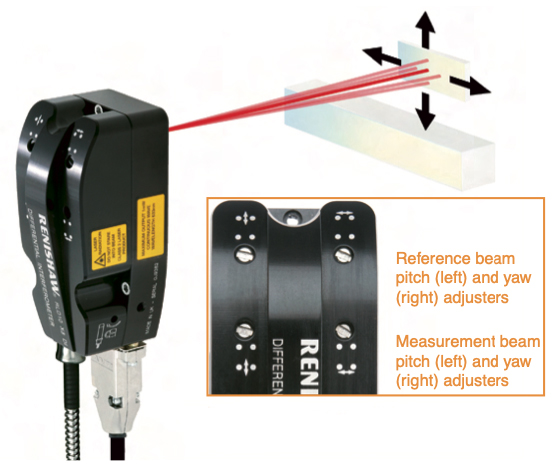
The resolution and repeatability of a laser interferometer encoder are directly related to the wavelength of the laser beam and the stability of the wavelength. Because wavelength stability is affected by environmental conditions such as changes in temperature, pressure, or humidity (all of which affect the refractive index of air), laser interferometer encoders include environmental compensation electronics to ensure a consistent wavelength, even under changing environmental conditions.
In addition to very high accuracy and resolution, one of the primary benefits of a laser interferometer encoder is that the measurement mirror can be mounted directly at the point of interest, reducing or eliminating Abbé error due to offset between the measurement location and the point of interest. And although laser interferometry requires numerous components — a beam source, splitters, mirrors, and detectors — laser interferometer encoders typically use just two or three components — a laser source and one or two detectors, with functions such as environmental compensation and beam steering integrated into these main components.
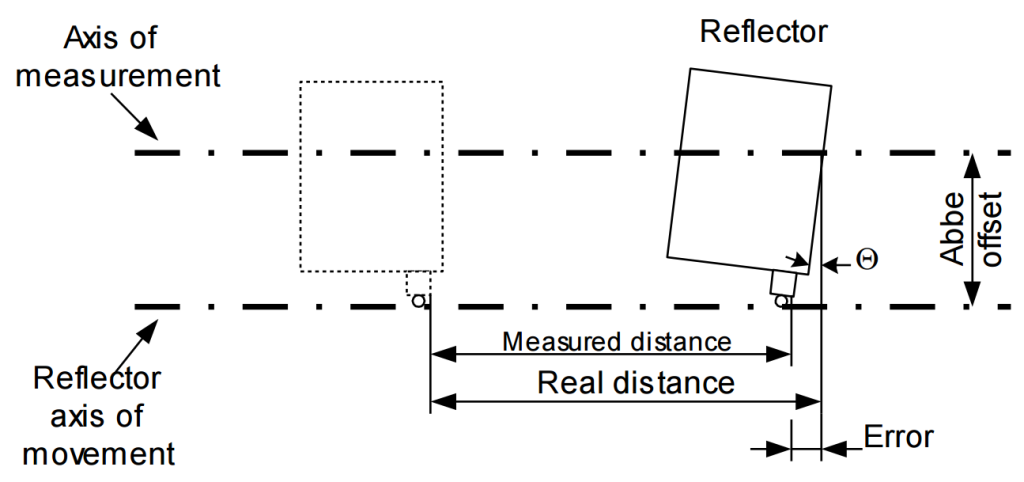
Image credit: Lasertex
Although applications that require position measurements at the nanometer and sub-nanometer level typically have very small travel distances, such as linear motor or piezo stages used in semiconductor lithography, interferometric laser encoders can also provide high-resolution measurements over very long travel distances. Typical measurement capabilities are up to several meters, and some laser interferometer encoders can measure lengths up to 30 or 40 meters. The ability to measure positions in the sub-micron range over long distances is especially useful for gantry systems, such as CNC and CMM (coordinate measuring machines) applications, where high resolution feedback is required over several meters and multiple axes.


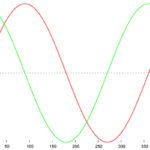
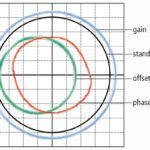
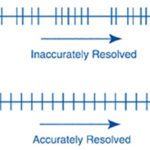


Leave a Reply
You must be logged in to post a comment.